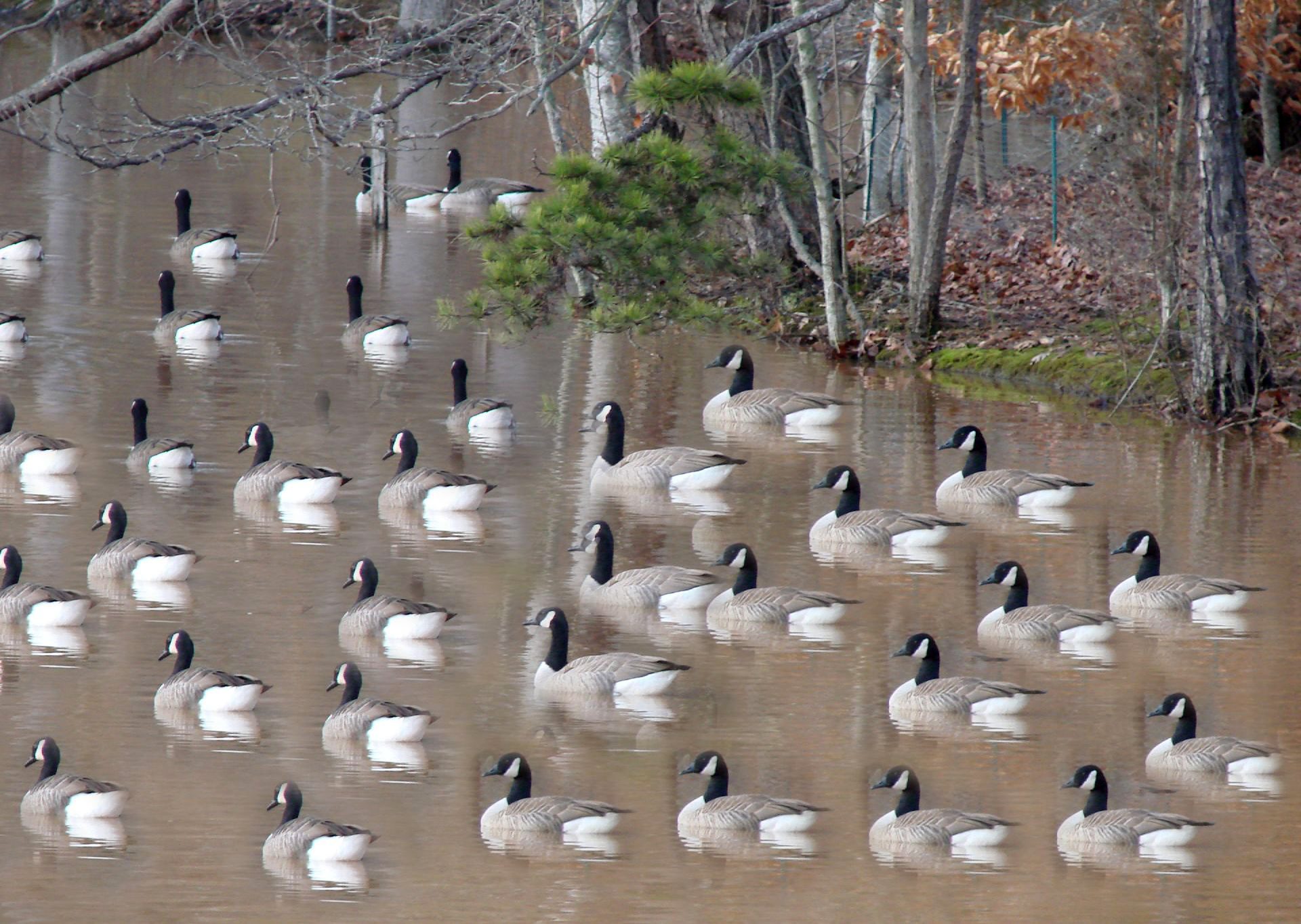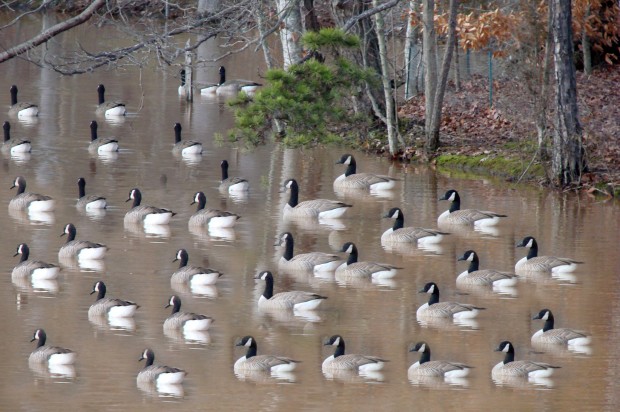
Lack Of Expertise And Equipment Led To Unnecessary Closure A Grand Lake Beach
-
Logan Layden
In 2011, blue-green algae blooms caused the Grand River Dam Authority to warn the public to avoid bodily contact with the water in northeast Oklahoma’s Grand Lake. So last year, few questioned the decision to keep the Bernice Area beach closed for five months after an algae outbreak there. As the Tulsa World‘s Randy Krehbiel reports “it began with goose poop:”
Officials think the droppings left by a flock of geese on a Grand Lake beach last Memorial Day weekend, followed by heavy rain, were initially responsible for the elevated waterborne bacteria levels that caused the area to be closed to swimmers from June 3 into November.
But Krehbiel reports, since that time, the GRDA has been buying new water testing equipment, and it turns out that beach closure — which “affected surrounding businesses and perhaps a wider circle, too, because of confusion over whether the ban affected the entire lake” — could have been a lot shorter:
[Darrell Townsend, GRDA assistant general manager of ecosystems and lake management] told GRDA directors on Tuesday that it now appears the beach could have reopened in two weeks, but neither the state nor the GRDA had the equipment or the expertise to make that determination at the time.
Since then, Townsend said, he and his staff have worked with experts in California and invested in equipment that will allow them to analyze and act more quickly on water-quality issues.
The paper reports the GRDA has invested in “a large-scale initiative with Kansas and Missouri to clean up the Grand Neosho River watershed, which feeds into Grand Lake, Lake Hudson and Fort Gibson Lake” in an effort to keep algae blooms like the one in 2011 from becoming an annual norm.

